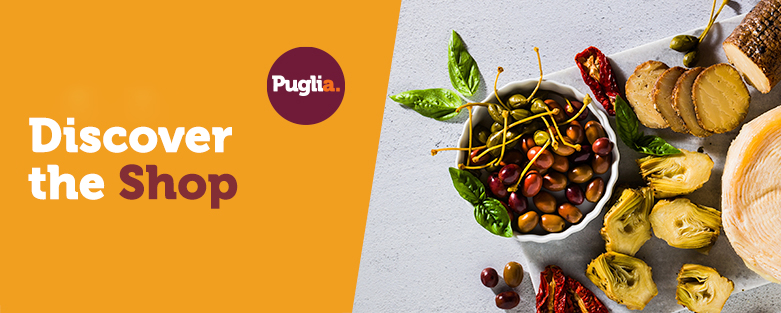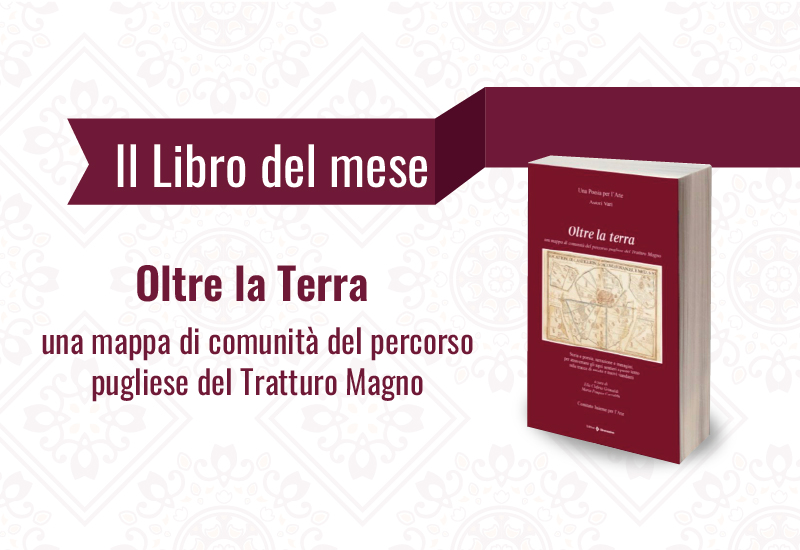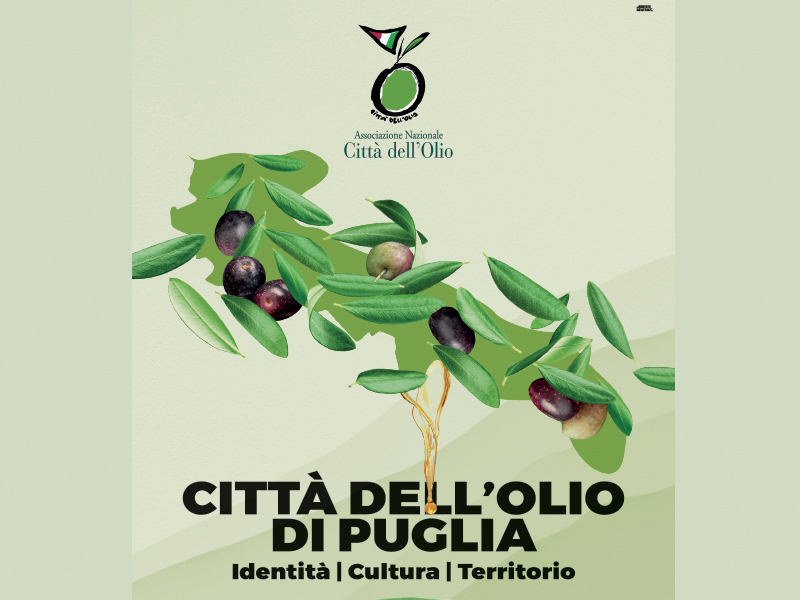The City of Dolmens and Sospiri
The City of Dolmens and Sighs
Located 32 km north-west of Bari, the territory of the city of BISCEGLIE (bat) is characterised by the presence of many blades, ancient river beds, and about eight kilometres of coastline. Bisceglie, also known as the “City of Dolmens and Normans”, has as its city emblem a red shield with a golden oak in the centre.
According to some speculation, the name of the city derives from an ancient term used to designate this tree, “Vescegghie”. The golden colour of the oak is due to Charles II of Anjou, who wanted to reward the city for its loyalty. In 1532, Charles V granted the municipality the right to engrave the crown on the civic coat of arms, a symbol of loyalty to the empire.
The town is located in an inlet of the Adriatic coastline, has a well-equipped marina, picturesque white pebble beaches that are a holiday destination for tourists from all over the world, and specialises in the production and trade of agricultural products, such as vegetables and cherries, as well as fishing and fish products. These productions also result in typical dishes of great flavour.
In addition to typical Apulian dishes, such as “strascinati” with turnip tops or its variant of calzone, a focaccia stuffed with sprouts, the most charming are “colve”, an autumn fruit salad prepared on 2 November, with boiled wheat, chopped almonds, walnuts, chocolate pieces, pomegranate seeds washed down with “vincotto”, and the more famous “Sospiri”, sponge cakes filled with custard and covered with a very light icing.
Legend has it that the Clarisse had prepared these sweets on the occasion of the wedding between Lucrezia Borgia and Alfonso d'Aragona, Duke of Bisceglie, but the bride never arrived and the guests, sighing, ate these goodies.
{IMAGE_0}{IMAGE_1}
The old town, located in an elevated position, preserves numerous historical and architectural testimonies, such as houses and palaces from the 15th and 16th centuries, like the famous Palazzo Tupputi, known for hosting meetings of the Risorgimento Carbonari in 1820, the splendid Cathedral (1073) dedicated to St Peter and containing the remains of the three Patron Saint Martyrs, Maurus, Sergius and Pantaleon, the ancient church of Sant'Adoeno (1074), the church of Santa Margherita (1197) and the remains of the Castle complex built by the Normans and the Swabians and later enlarged and fortified by the Angevins.
The city of Bisceglie is mentioned in all the archaeological itineraries for the presence in its countryside of several funerary constructions dating back to the Middle Bronze Age, the Dolmens: the most important and best preserved is the one known as “La Chianca”.
During the Easter period, the rites of Holy Week are evocative, with the Good Friday procession of “l'incontro” (the encounter), as is the Patron Saint's Festival, which takes place in early August and has its roots in the ancient event of the 'Translation of the Saints', which took place from the hamlet of Sagina, where the remains of Saints Mauro, Sergio and Pantaleone were exhumed in 1167.
To visit: Old town centre, Co-cathedral, Church of Santa Margherita, Palazzo Tupputi, Dolmen 'la Chianca', Grotte di S. Croce, Castle and Torre Maestra.







